Study on Eco-Environmental Effects of Land Use Function Transition in Dingxi City from the Perspective of "Production-Living-Ecological Space"
DOI: 10.23977/erej.2024.080112 | Downloads: 27 | Views: 1281
Author(s)
Jiayao Li 1, Xiaoping Zhang 1, Tingting Zhao 1, Hu Chen 1
Affiliation(s)
1 College of Geography and Environmental Science, Northwest Normal University, Lanzhou, China
Corresponding Author
Xiaoping ZhangABSTRACT
Land use function transition significantly impacts eco-environmental change. Understanding regional land use transitions is crucial for addressing eco-environmental issues. This study analyzes land use transition and eco-environmental quality in Dingxi City from 1990 to 2020 using remote sensing data and the "production-living-ecological space" perspective. Key findings include: (1) Ecological space increased by 519.54 km², while production space decreased by 642.95 km², and living space expanded by 123.93 km². (2) Transition directions varied, with agriculture encroaching on ecological land from 1990 to 2000, and grassland and forest encroaching on agriculture from 2000 to 2020. (3) Eco-environmental quality exhibited a "U" trend, with higher quality in the south, lower in the middle, and medium in the north, influenced by mutual transitions between agriculture and forest land.
KEYWORDS
Land use function transition; Production-Living-Ecological Spaces; Eco-environmental Effects; Sustainable Cites and Communities; Life and LandCITE THIS PAPER
Jiayao Li, Xiaoping Zhang, Tingting Zhao, Hu Chen, Study on Eco-Environmental Effects of Land Use Function Transition in Dingxi City from the Perspective of "Production-Living-Ecological Space". Environment, Resource and Ecology Journal (2024) Vol. 8: 90-98. DOI: http://dx.doi.org/10.23977/erej.2024.080112.
REFERENCES
[1] Avila FB, Pitman AJ, Donat MG, Alexander LV, Abramowitz G. Climate model simulated changes in temperature extremes due to land cover change. J. Geophys. Res-atmos. 2012.117(D4).
[2] Chen WX, Li JF, Zeng J,Ran D, Yang B. Spatial heterogeneity and formation mechanism of ecoenvironmental effect of land use change in China. Geogr. Res. 2019.38(9):2173-2187.
[3] Chen J, Shi PJ.Discussion on Function Land Use Classification system. [J]. Beijing Normal Univ. (Nat. Sci.). 2005.41(5):536-540.
[4] DAI WY, JIANG FQ, Huang WL, LIAO LH, Jiang K.Study on Transition of Land Use Function and Ecosystem Service Value Based on the Conception of Production, Living and Ecological Space: A Case Study of the Fuzhou New Area. J. Nat. Resour. 2018.33(12):2098-2109.
[5] Dong D, Luo Y, Gu KK. Spatio-temporal differentiation and driving forces of Eco-environmental effects of Land use transformation in the Yangtze River DeltaEconomic zone: A perspective of "ecological-production living"spaces. Resour. Environ. Yangtze Basin. 2023.32(08):1664-1676.
[6] Gao X, Liu ZW, Li CX, Cha LS, Song ZY, Zhang XR. Land use function transformation in the Xiong'an New Area based on ecological-productionliving spaces and associated eco-environment effects.Acta Eco. Sin. 2020.40(20): 7113-7122.
[7] Ge DZ, Long HL, Zhang YN, Ma L, Li TT. Farmland transition and its influences on grain production in China. Land Use Policy, 2018.70(C):94-105.
[8] Huang JC, Lin HX, Qi XX. A literature review on optimization of spatial development pattern based on ecological-production-living space. Prog. Geogr.2017. 36(03):378-391.
[9] Li XB. . Theoretical Hypotheses about Agricultural Land Use Changes and the Relevant Propositions about Environmental Impacts. Adv. Earth Sci. 2008.23(11):1124-1129.
[10] Long HL, Li XB. Analysis on regional land use transition: A case study in Transect of the Yangze River. J. Nat. Resour. 2002.17(2):144-149.
[11] Long HL. Land use transition and land management. Geogr. Res. 2015.34(9): 1607-1618.
[12] Li T, Long HL,Liu YQ, Tu SS. Multi-scale analysis of rural housing land transition under China's rapid urbanization: The case of Bohai Rim.Habitat Int. 2015.48:227-238.
[13] Li CX, Wu, JY. Land use transformation and eco-environmental effects based on production-living-ecological spatial synergy: evidence from Shaanxi Province, China. Environ. Sci. Pollut. Res. 2022.29(27):41492-41504
[14] Mather AS. The forest transition. Area. 1992.24(4):367-379.
[15] Song XQ. Discussion on land use transition research framework. J. Geogr. Sci. 2017.72(3):471-487.
[16] Wu YJ, Yang YZ, Yang L, Zhang C, You Z.Land spatial development and suitability for city construction based on ecological- living- industrial space—take Ningbo City as an example. Resour. Sci. 2016.38(11):2072-2081.
[17] Yang QK, Duan XJ, Wang L, Jin ZF. Land Use transition Based on Ecological-production-living Spaces and Associated Eco-environment Effects: A Case Study in the Yangtze River Delta. Sci. Geogr. Sin. 2018.38(01):97-106.
[18] Zhu HY, Li XB. Discussion on the Index Method of Regional Land Use Change. Acta Geogr. Sin. 2003.58(05):643-650.
[19] Zhang ZL, Zhao QY. Eight Dimensional Space Ideology in Land Use. Hum. Geogr. 2018. 33(06):9-17.
| Downloads: | 5979 |
|---|---|
| Visits: | 448478 |
Sponsors, Associates, and Links
-
International Journal of Geological Resources and Geological Engineering
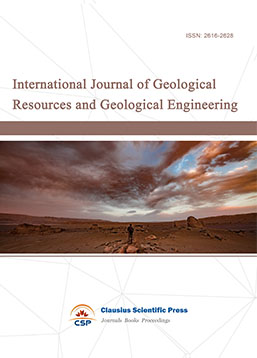
-
Big Geospatial Data and Data Science

-
Solid Earth and Space Physics

-
Environment and Climate Protection
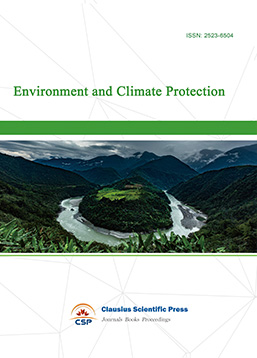
-
Journal of Cartography and Geographic Information Systems

-
Offshore and Polar Engineering

-
Physical and Human Geography
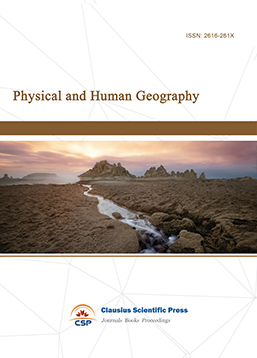
-
Journal of Atmospheric Physics and Atmospheric Environment
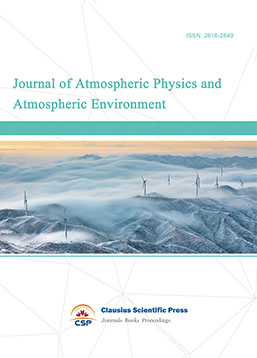
-
Trends in Meteorology

-
Journal of Coastal Engineering Research
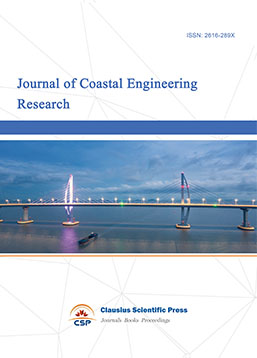
-
Focus on Plant Protection
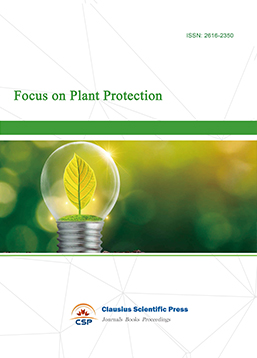
-
Toxicology and Health of Environment
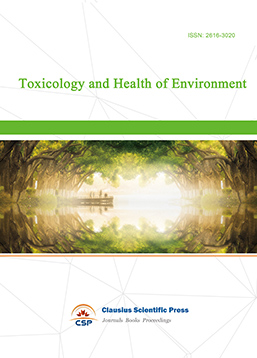
-
Geoscience and Remote Sensing
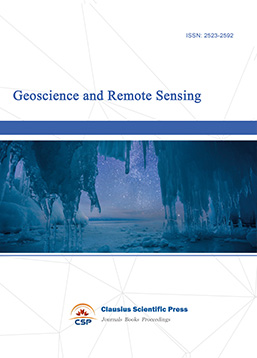
-
Advances in Physical Oceanography

-
Biology, Chemistry, and Geology in Marine
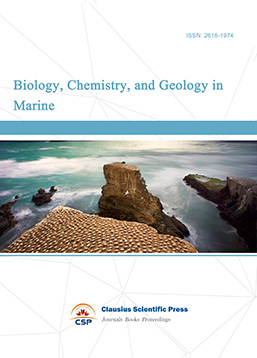
-
Water-Soil, Biological Environment and Energy

-
Geodesy and Geophysics

-
Journal of Structural and Quaternary Geology
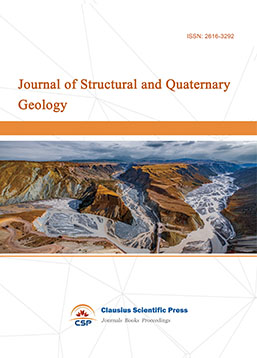
-
Journal of Sedimentary Geology

-
International Journal of Polar Social Research and Review


 Download as PDF
Download as PDF